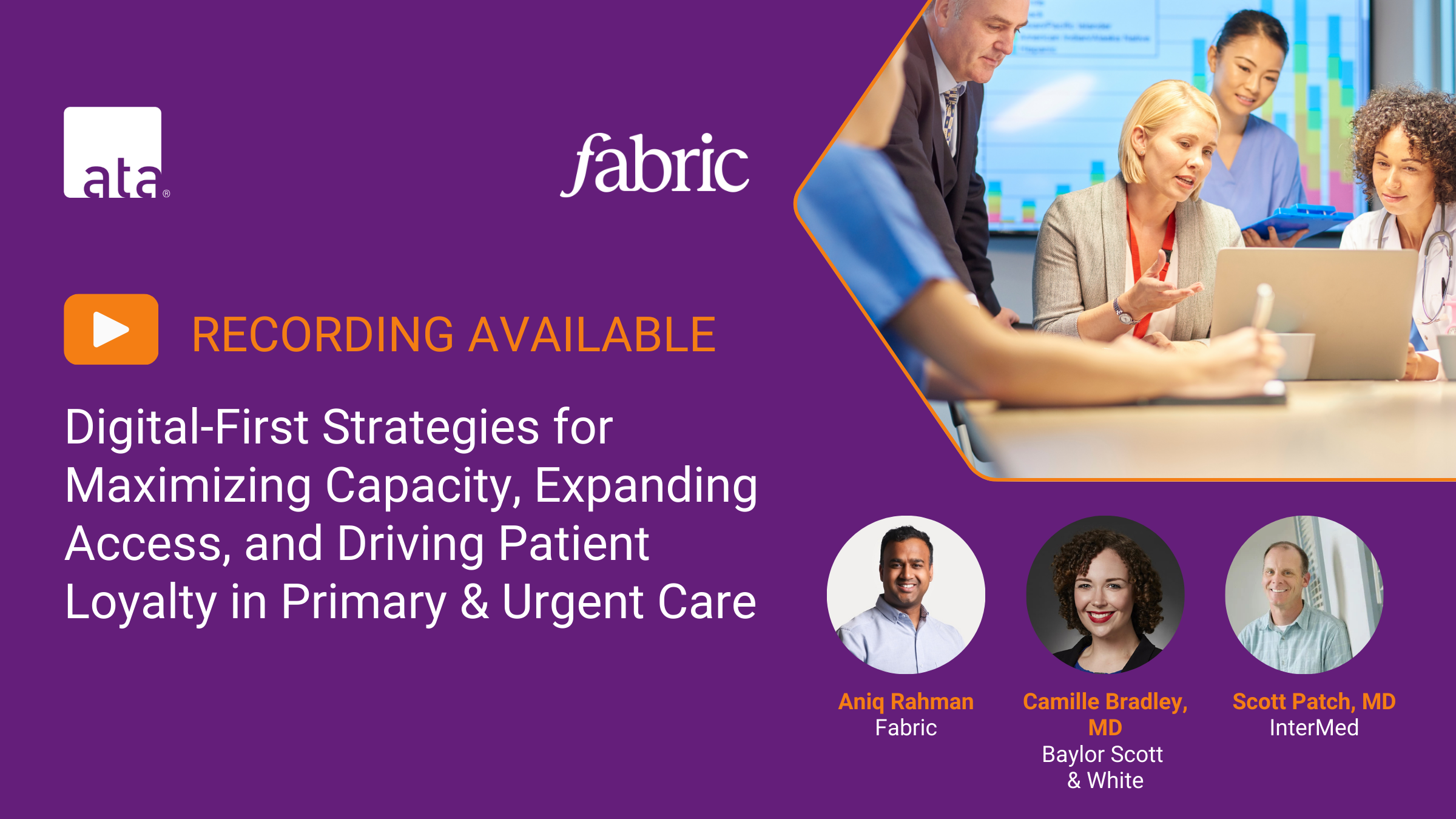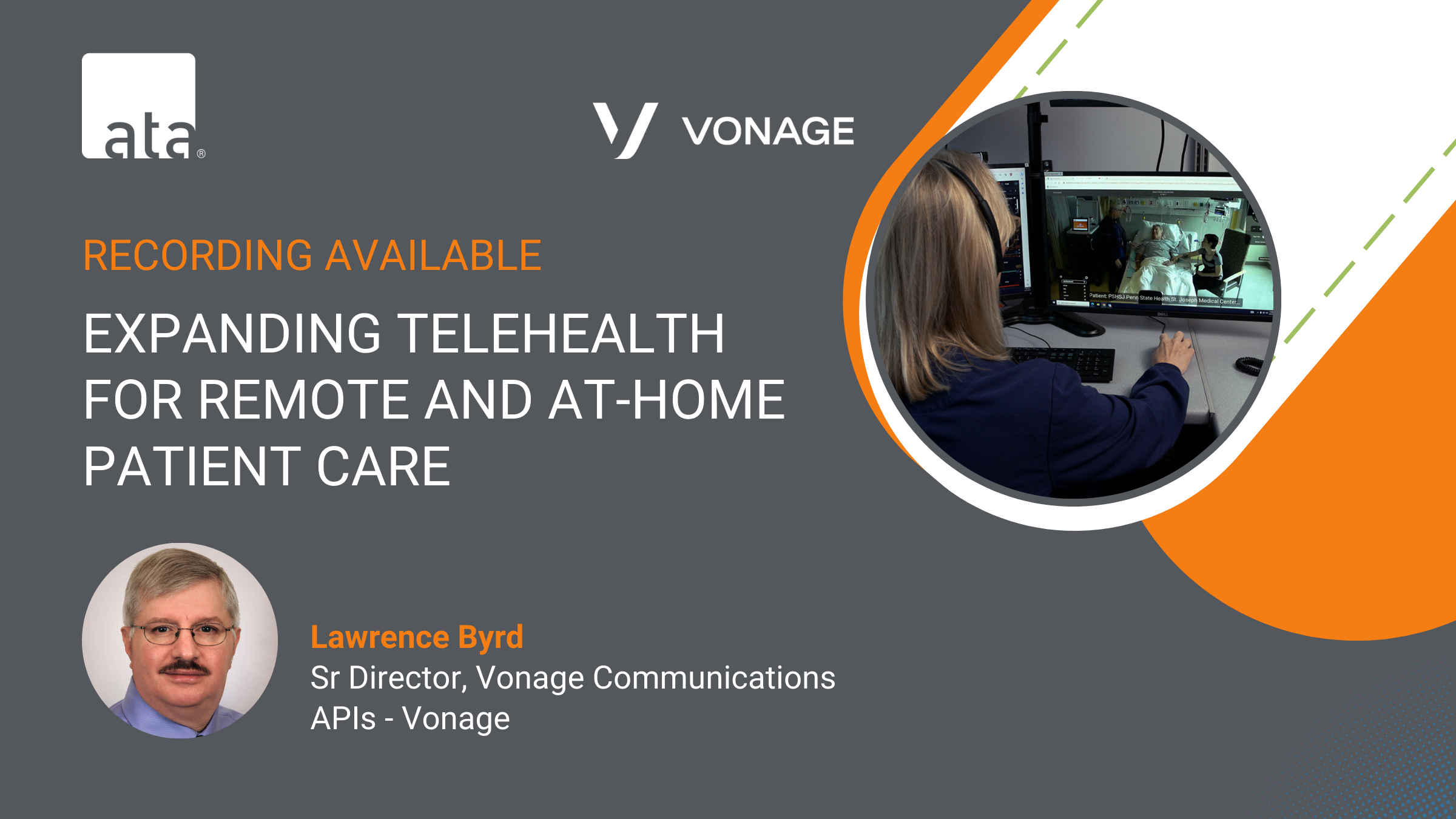The Remote Patient Monitoring Playbook: Operations, Best Practices, and ROI
Remote patient monitoring (RPM) adoption accelerated over the past 18 months in response to COVID-19, but its use going forward will be essential to the future of care delivery in the U.S. RPM and the continuous care models it enables through real-time data access is uniquely suited to the challenges of chronic condition management.
These personal health data provide ongoing insight into a person’s day-to-day health metrics, lifestyle and behavioral decisions, and subsequent trends. At scale, they have demonstrated an ability to reduce urgent care visits, ER visits, and hospital admissions. Moreover, Validic-powered programs have demonstrated sustained engagement – 76% of members are capturing device readings twice a day after 90 days in the program.
Now is the time to scale remote condition management. Today, 60% of the U.S. population has at least one chronic condition – driving a majority of national health spending. With a projected shortage of 1 million healthcare workers by 2025 and more than 75% of workers reporting burnout in 2020, solutions like RPM will need to play a more prominent role in improving health outcomes while reducing costs and clinical burden.
Drew Schiller, CEO and Co-Founder of Validic, Angie Stevens, Chief Strategy Officer of Iron Bow, Dave Icke, VP of Digital Health & Analytics of Humana, and Ann Mond Johnson, CEO of the American Telemedicine Association discussed:
- Market Trends for providers and payers delivering virtual care programs
- Best Practices across operations and technology to launch and scale RPM programs
- Real-World ROI demonstrating improved health outcomes, member engagement, and operational efficiency from condition management program
On September 1, 2021, the ATA submitted detailed comments to the Centers for Medicare and Medicaid on the CY 2022 Physician Fee Schedule proposed rule. Click here to read the comments.



